The C.H. Little Building
Introduction
Text-to-speech Audio
The C.H. Little Building is the former home of C.H. Little & Company, one of the original businesses of Freeport’s downtown, and what may be the longest continuously operating gift shop in Illinois. The original business was established in the mid-1850s, while the building became home to Little's business shortly after the Civil War.
Images
An ink illustration of the C.H. Little Building, commissioned in 1896 by General Smith D. Atkins, editor of the Journal-Standard, for the book "Illustrated Freeport." Note the large second floor window, which was replaced with a row of distinctive half-moon windows after the devastating 1928 fire.
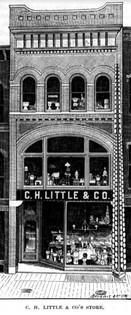
A view of Stepehenson Street and State Street in 1910. The C.H. Little Building is the second from left and the plate tower is clearly visible. The large building is The Brewster House, a local hotel where abraham Lincoln stayed in 1958.
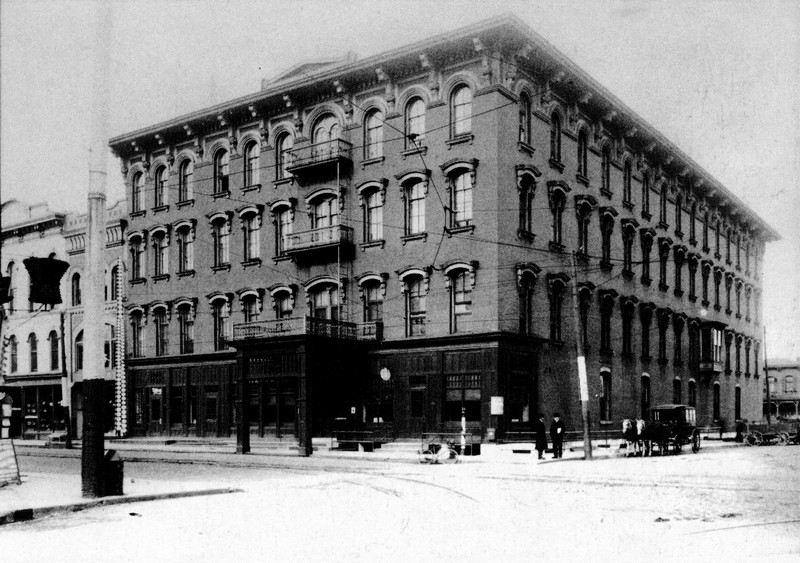
Another 1910 street scene. Downtown businesses are decorated with flags and bunting for a gathering of The Grand Army of the Republic, a veteran's group for Union soldiers.
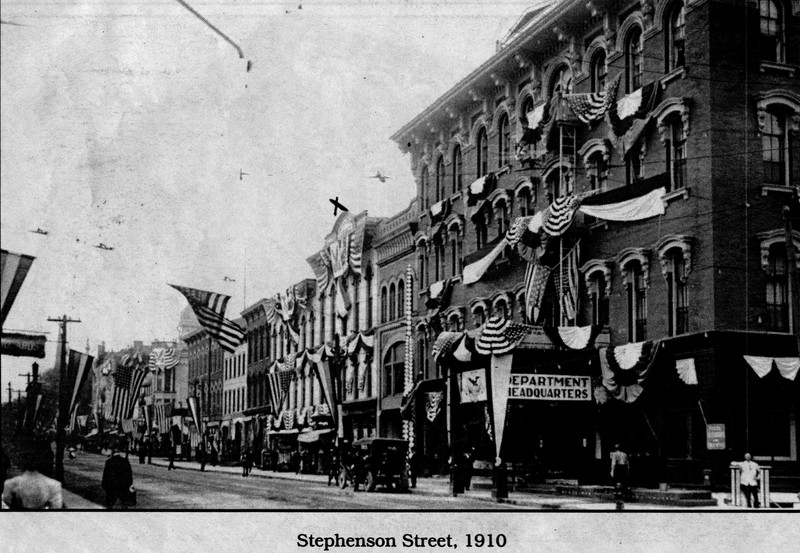
This street scene in the early 1920's shows a bustling downtown. The C.H. Little Building and it's tower are clearly visible, second from left in the row of buildings.
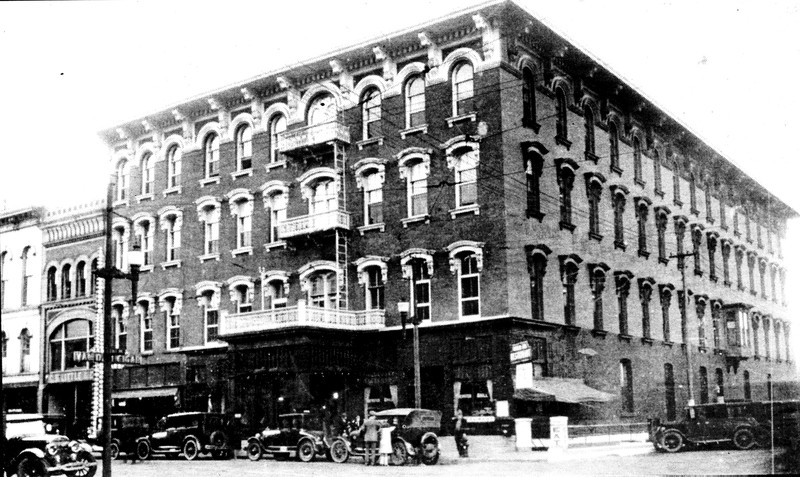
A view of a bustling Stephenson Street looking from East from Chicago Avenue. The C.H. Little storefront and plate tower are clearly visible.
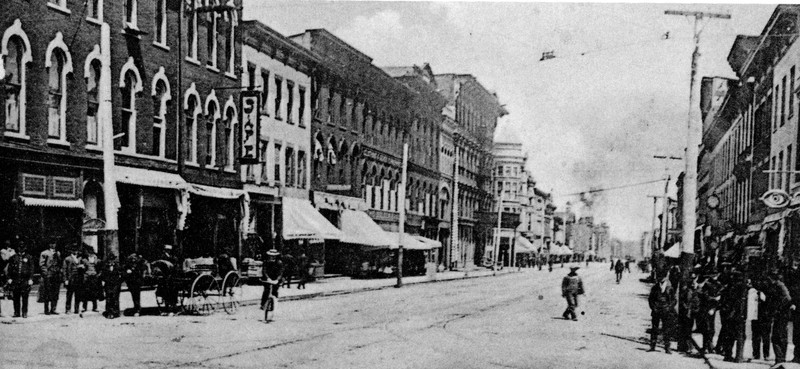
A carriage, decorated for a special event, on the streets of Freeport around the turn of the 20th Century. Note the brick streets and the hitching post in the foreground. Displayed on a nearby building is an advertisement for the C.H. Little shop. Velocipedes were an early type of bicycle.
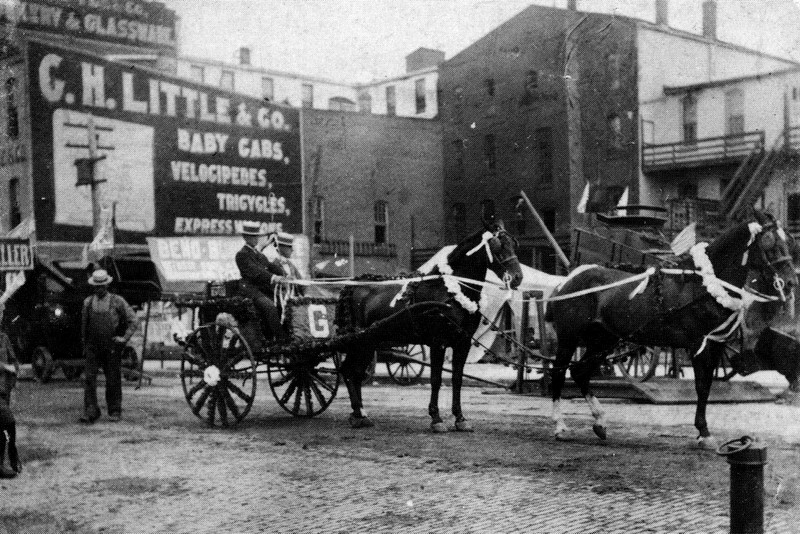
In this street view circa 1914, a man is about to get his shoe shined in front of The C.H. Little storefront.
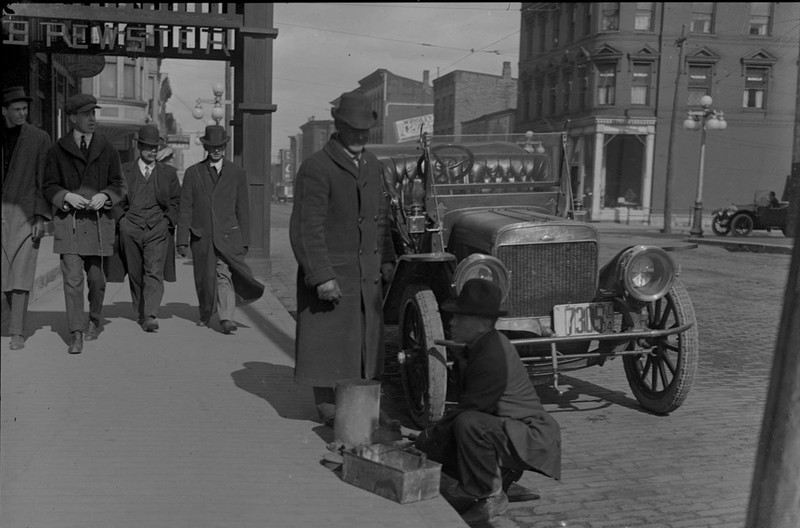
A sales postcard showing just part of the store's vast china inventory.
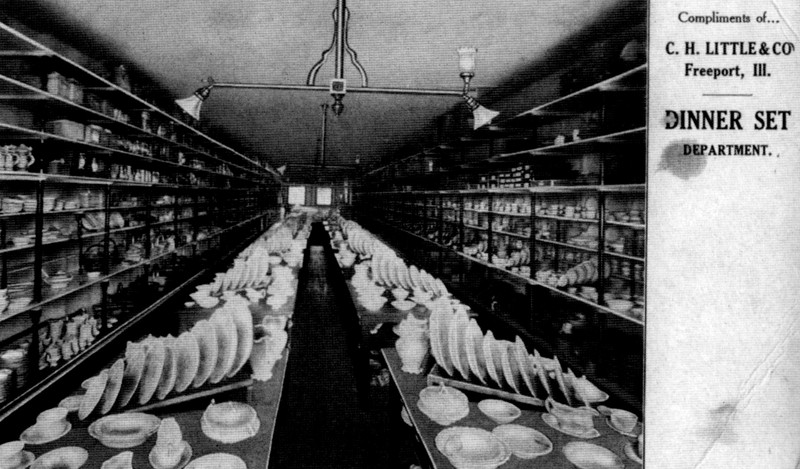
An interior view of the store from a postcard, depicting a large array of fine Haviland China.
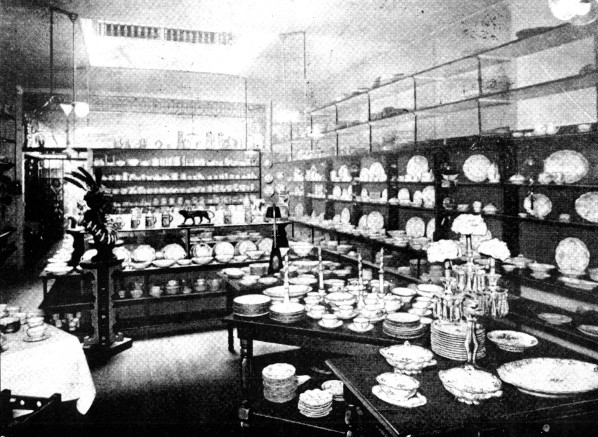
An interior view of the store from a postcard, depicting a large inventory of cut glass items.
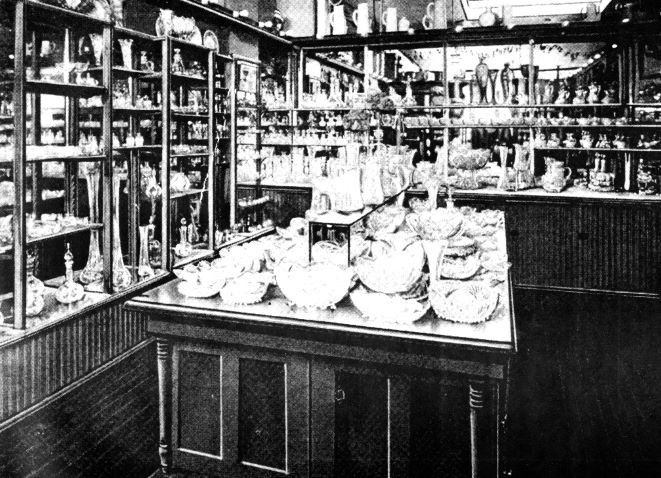
An employee on duty in the toy department, 1925
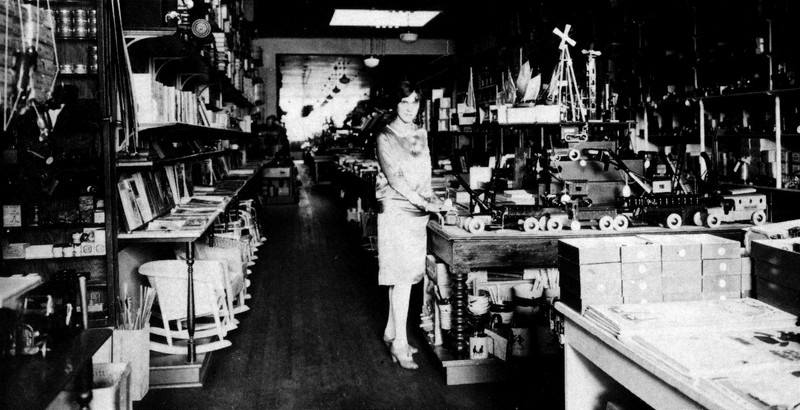
Freeport firefighters pour water into the C.H. Little Building and other structures on the same block, February 21, 1928. The fire destroyed most of the buildings on the block, but forthunately no lives were lost. The Little building's interior floors collapsed into the basement and all inventory was destroyed.
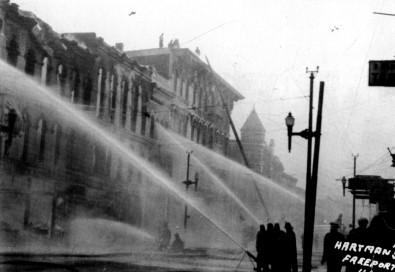
The store's famous plate tower today.

At the tower's base, a historical marker commemorating the building's construction in 1867
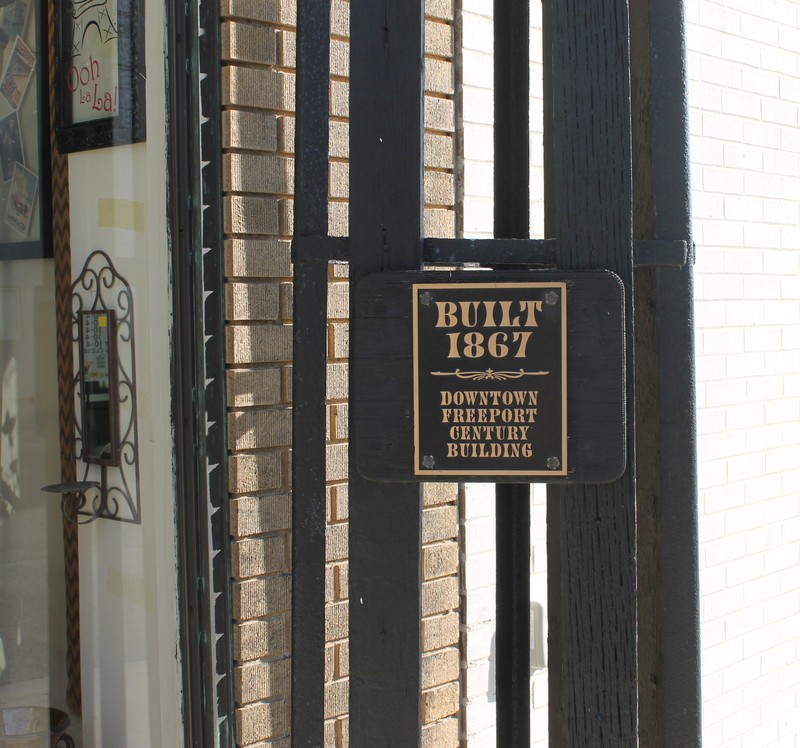
The front of the building today
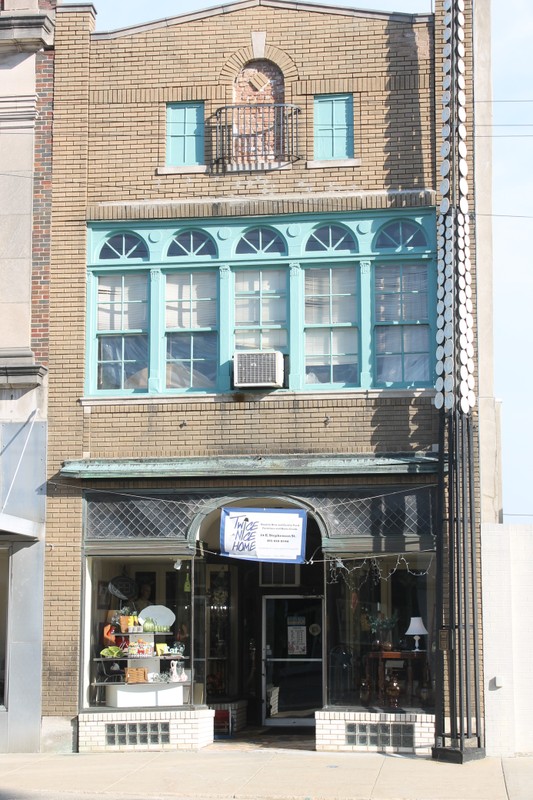
A view of the distinctive semi-circular windows on the front of the building.
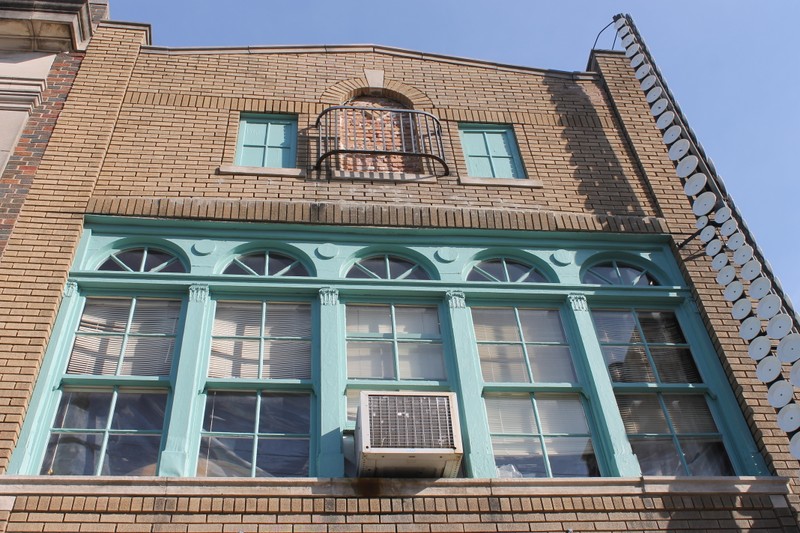
The rear of the building
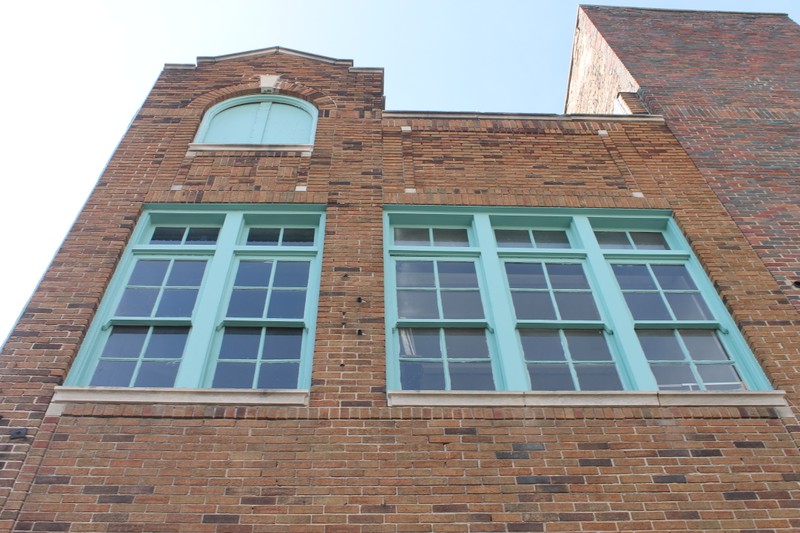
A view of the distinctive semi-circular windows from inside the 2nd floor showroom.
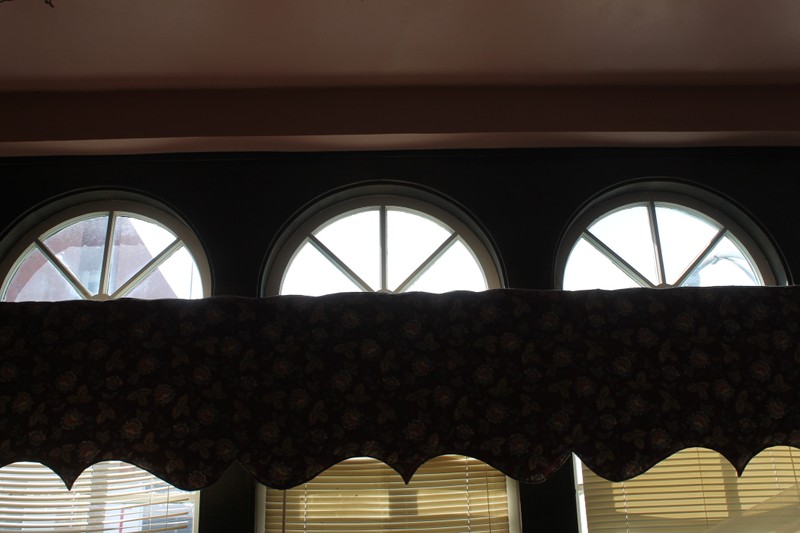
The 2nd floor showroom. At right, the original brick of the building from 1867 is visible.
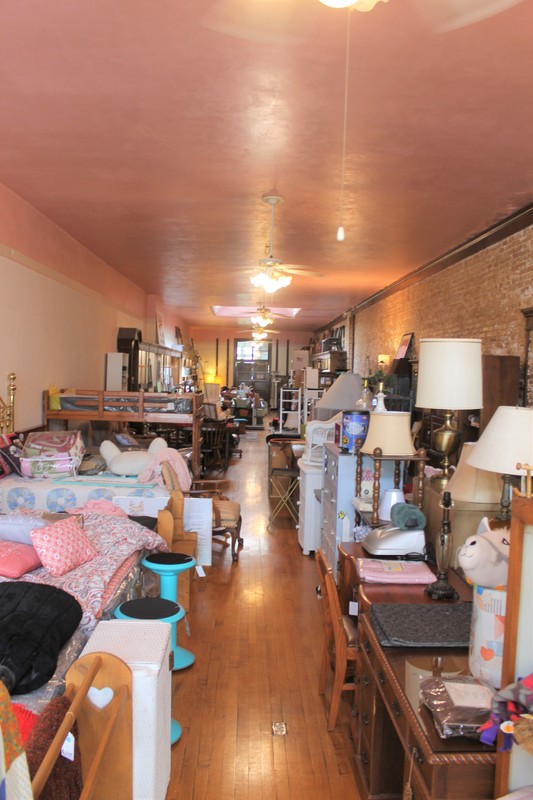
The main stairs. The mosaic tile seen here dates from 1928 and was the height of style at the time.
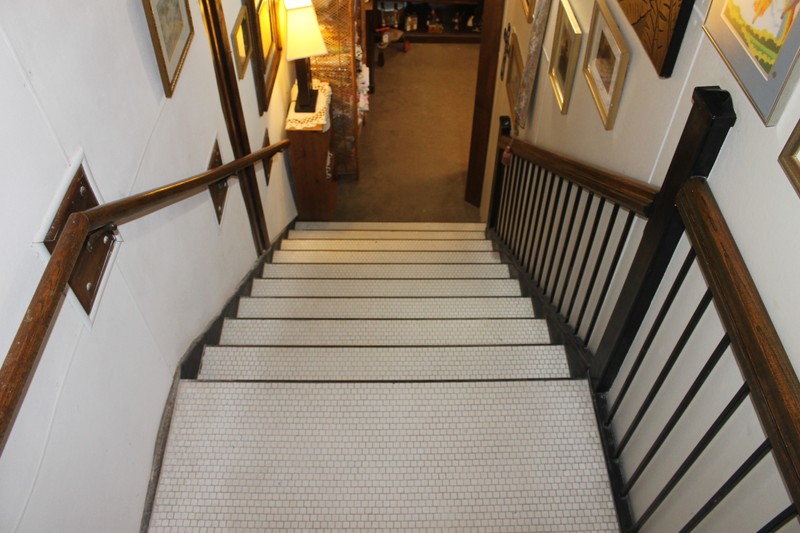
The 1st Floor showroom, looking South
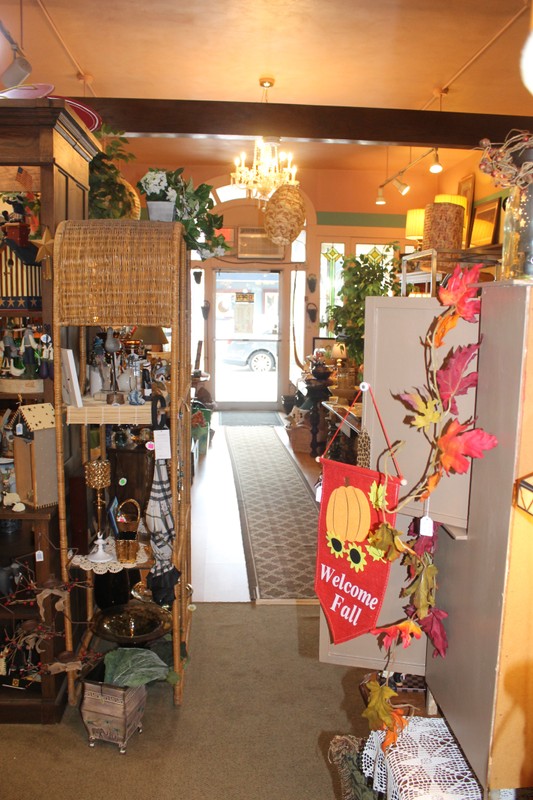
The 1st Floor showroom, looking North
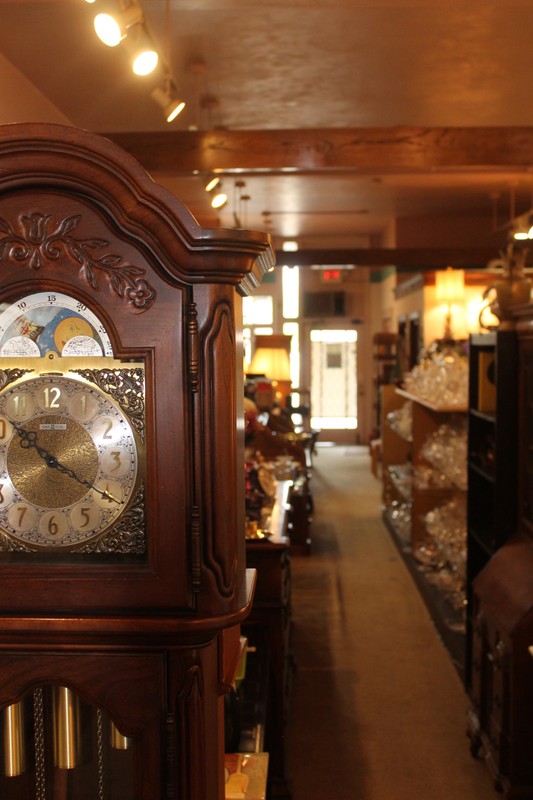
The 1st Floor showroom, looking North
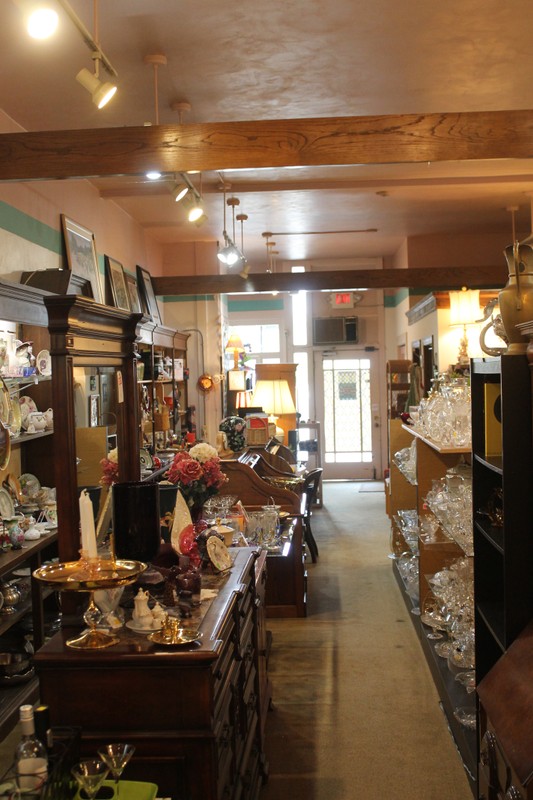
Backstory and Context
Text-to-speech Audio
C.H. Little arrived in Freeport from Massachusetts in 1855, part of a generation of emigrants that were building the frontier town into a true city. He opened C.H. Little & Company in 1859 at a location across Stephenson Street from the current building, before moving to the currnt location in 1867. The firm dealt in china, crockery, and glassware, but soon expanded its offerings to gifts, housewares, art, and toys. Products were offered on three floors and in a basement showroom. The company was also one of the largest dealers of sewer pipe in the Midwest in the latter half of the 19th Century, and also the first and most successful kerosene dealer in our region.
The store featured a wood and steel tower covered with china plates. The tower is 40 feet high, and dozens of fine Syracuse plates are riveted to the tower. A 1910 history of Stephenson County noted it was “the only one in existence.” It was even featured in Ripley's Believe it or Nor, a syndicated comic panel that was viewed by tens of millions worldwide.
Until 1932, the C.H. Little building was a next-door neighbor to another landmark: The Brewster House hotel is also where Abraham Lincoln stayed when he came here for his famous 1858 debate with Stephen Douglas.
The store’s prime downtown location and his business acumen made Little a big success. He used his wealth and skills to establish several Freeport institutions, including the First National Bank, a local telephone company, and the Parkview Home, a nursing home that still operates today. After his passing, his partners continued the business.
In May 1909 a minor earthquake struck Northwest Illinois. The stock of china and glassware at C.H. Little & Company survived the quake, but the Freeport Journal-Standard reported that “Clerks were treated to a ‘musical performance’” as thousands of items shook, rattled, and knocked together. One employee compared it “to a performance from Swiss bell-ringers.”
The inventory and building did not fare as well in the early hours of February 21, 1928. Around 3 o’clock, a huge blaze engulfed all the buildings on this block. The fire was so massive that Freeport firefighters—and units that had raced over from Rockford—were still fighting it at noon. Over 2.2 million gallons of water were used while extinguishing it.
Most buildings on the block were destroyed. Miraculously, no one was seriously hurt, even though there were a number of residences on the block and the fire cooked off ammunition from a sporting goods store. Total damage was estimated at $750,000, the equivalent of $13 million today. The interior floors of the C.H. Little building had collapsed into the basement and the inventory was completely destroyed. Amazingly, not a single plate on the china tower was chipped or cracked.
The store reopened temporarily within days at a location down the street. Soon this building was rebuilt and then expanded east when the Brewster House was torn down in 1932.
In later years, as the business passed into the hands of other owners who kept the C.H. Little name. The C.H. Little store closed in 2013, but the building has remains and is currently the site of Twice Is Nice Home, a popular family-owned gift and furniture consignment shop.
Cite This Entry
Admin, Clio and Christopher Clukey. "The C.H. Little Building." Clio: Your Guide to History. August 30, 2022. Accessed March 25, 2025. https://theclio.com/entry/156172
Sources
Freeport Journal-Standard (Freeport, Illinois) February 21, 1928
Freeport Journal-Standard (Freeport, Illinois) February 27, 1928
Lena Weekly Star (Lena, Illinois) February 23, 1928
1896: Illustrated Freeport, published by The Freeport Journal/Journal Printing Company, Freeport, IL
1910: History of Stephenson County, by Addison L. Fulwider, published by The S. J. Clarke Publishing Company, Chicago, IL
1970: History of Stephenson County 1970, published by the County of Stephenson, Freeport, IL
1994: Looking Back by Harriett Gustason, published by the Stephenson County Historical Society, Freeport, IL
1999: People and Places of Stephenson County, published by The Freeport Journal-Standard, Freeport, IL
2000: A Postcard History of Stephenson County, edited by Fred and Connie Solberger, published by The Boone County Journal, Belvidere, IL
2005: The Lost Freeport Photos, published by the Freeport Community Foundation and Freeport Public Library Foundation, Freeport, IL
2009: Images of America: Freeport, published by Arcadia Publishing, Chicago, IL
1896: Illustrated Freeport, published by The Freeport Journal/Journal Printing Company, Freeport, IL
1994: Looking Back by Harriett Gustason, published by the Stephenson County Historical Society, Freeport, IL
2000: A Postcard History of Stephenson County, edited by Fred and Connie Solberger, published by The Boone County Journal, Belvidere, IL
2000: A Postcard History of Stephenson County, edited by Fred and Connie Solberger, published by The Boone County Journal, Belvidere, IL
1999: People and Places of Stephenson County, published by The Freeport Journal-Standard, Freeport, IL
1999: People and Places of Stephenson County, published by The Freeport Journal-Standard, Freeport, IL
2005: The Lost Freeport Photos, published by the Freeport Community Foundation and Freeport Public Library Foundation, Freeport, IL
2009: Images of America: Freeport, published by Arcadia Publishing, Chicago, IL
2000: A Postcard History of Stephenson County, edited by Fred and Connie Solberger, published by The Boone County Journal, Belvidere, IL
2000: A Postcard History of Stephenson County, edited by Fred and Connie Solberger, published by The Boone County Journal, Belvidere, IL
1999: People and Places of Stephenson County, published by The Freeport Journal-Standard, Freeport, IL
2009: Images of America: Freeport, published by Arcadia Publishing, Chicago, IL
Photo by Christopher Clukey
Photo by Christopher Clukey
Photo by Christopher Clukey
Photo by Christopher Clukey
Photo by Christopher Clukey
Photo by Christopher Clukey
Photo by Christopher Clukey
Photo by Christopher Clukey
Photo by Christopher Clukey
Photo by Christopher Clukey
Photo by Christopher Clukey

